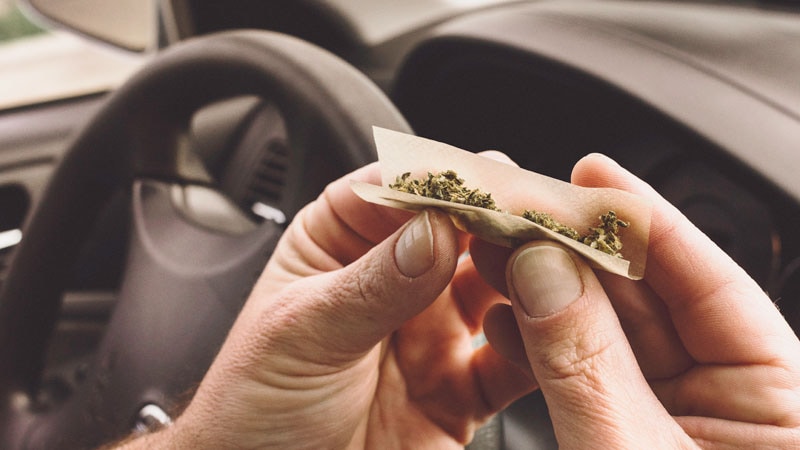Takeaway
- Levetiracetam, fosphenytoin, and valproate were similarly efficacious and safe for stopping seizures and improving level of consciousness in patients with benzodiazepine-refractory convulsive status epilepticus.
Why this matters
- Early seizure termination reduces complications, mortality.
Key results
- Trial stopped early for futility.
- Main efficacy outcome:
- 47% with levetiracetam (95% credible interval [CrI], 39%-55%),
- 45% with fosphenytoin (95% CrI, 36%-54%), and
- 46% with valproate (95% CrI, 38%-55%).
- Posterior probability that drug was the most effective:
- 0.41 for levetiracetam,
- 0.24 for fosphenytoin, and
- 0.35 for valproate.
- Groups also similar on:
- ICU admission;
- Median lengths of ICU, hospital stay; and
- Median time to seizure termination when treatment was successful.
- Numeric but nonsignificant differences:
- More episodes of hypotension, intubation with fosphenytoin.
- More deaths with levetiracetam.
Expert comment
- In an editorial, Phil E. Smith, MD, writes, “Having three equally effective second-line intravenous medications means that the clinician may choose a drug that takes into account individual situations that may be modified by factors such as the presumed underlying cause of status epilepticus; coexisting conditions, including allergy, liver and renal disease, hypotension, propensity to cardiac arrhythmia, and alcohol and drug dependence; the currently prescribed antiepileptic treatment; the cost of the medication; and governmental agency drug approval.”
Study design
- Randomized adaptive trial comparing 3 drugs in 384 children and adults with convulsive status epilepticus unresponsive to treatment with benzodiazepines (ESETT trial).
- Main outcome: absence of clinically evident seizures and improvement in level of consciousness 60 minutes after start of drug infusion, without additional anticonvulsant medication.
- Funding: National Institute of Neurological Disorders and Stroke.
Limitations
- Need for unblinding in some cases.
- Reliance on clinical vs electroencephalographic criteria for main outcome.
- Only single dose of each drug tested.
- Late nonserious adverse events not collected.
References
References



